Vintage motorcycles are more than just machines; they are timeless works of art that shaped the evolution of motorcycle design and engineering. Each model tells a unique story of innovation, blending performance with aesthetics to set new standards that influenced the industry for decades. From groundbreaking engineering advancements to iconic styling, these continue to captivate enthusiasts and collectors alike. This article highlights some of the most iconic vintage motorcycles that redefined design and left an indelible mark on history.
1936 Harley-Davidson EL Knucklehead
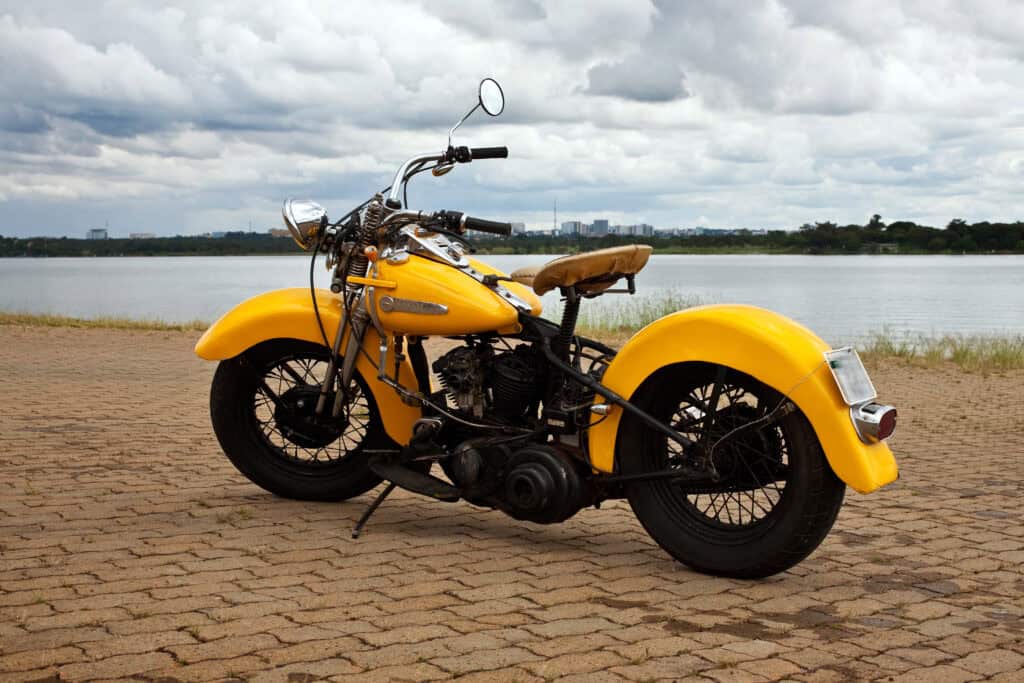
The 1936 Harley-Davidson EL, affectionately known as the “Knucklehead,” marked a significant milestone in motorcycle engineering as Harley’s first overhead-valve engine model. Its distinctive rocker boxes, resembling a clenched fist, earned it the “Knucklehead” moniker. This design not only enhanced performance but also established a visual identity that became synonymous with Harley-Davidson. The EL’s 61 cubic inch (1,000cc) V-twin engine delivered improved power and efficiency, setting a new benchmark for American motorcycles. Its teardrop-shaped fuel tank, elegantly curved exhaust pipes, and exposed, chrome-plated engine components contributed to its timeless appeal. Beyond aesthetics, its engineering advancements influenced subsequent Harley-Davidson models and solidified the brand’s reputation for innovation. It remains a celebrated icon in motorcycle history, symbolizing a blend of form and function that continues to inspire enthusiasts.
1959 Triumph Bonneville
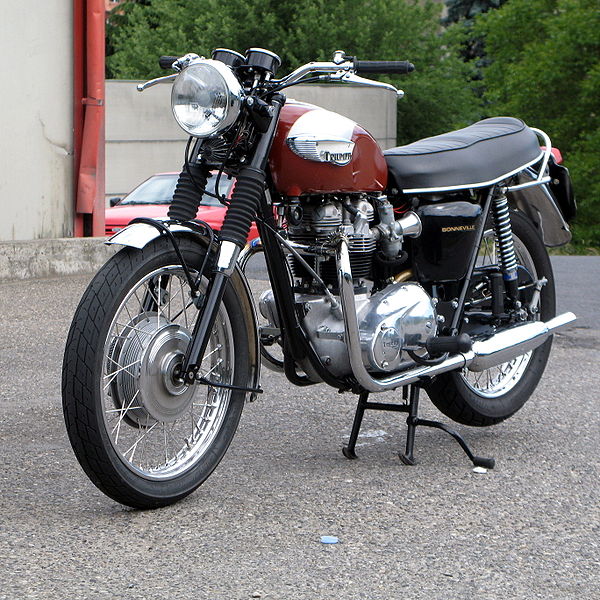
Introduced in 1959, the Triumph Bonneville epitomized classic British motorcycle design with its sleek lines and powerful performance. Equipped with a 650cc parallel-twin engine, it quickly gained a reputation for speed and agility, appealing to both casual riders and racers. Its dual carburetors enhanced fuel delivery, contributing to its impressive acceleration and top speed. Its minimalist aesthetic, featuring a slim fuel tank and clean lines, set a new standard for motorcycle styling. The model’s success on the racing circuit further cemented its status as a performance icon. Over the years, it has undergone various updates but has consistently retained its classic charm. Its enduring popularity underscores its impact on motorcycle design and culture.
1967 Norton Commando
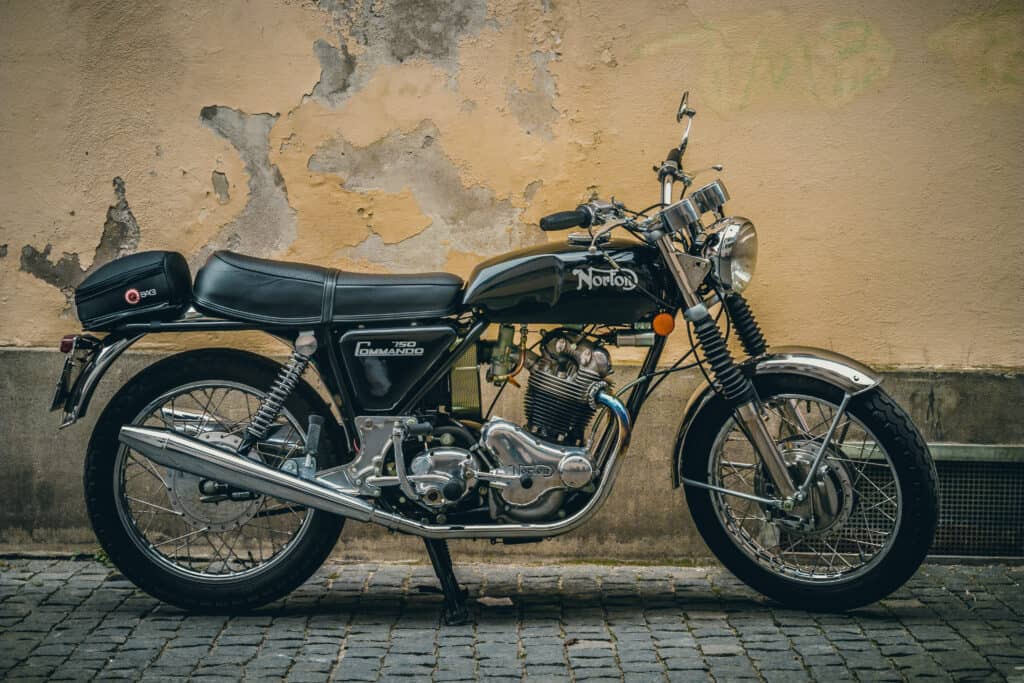
The Norton Commando, produced between 1967 and 1977, introduced the innovative “Isolastic” frame system, which significantly reduced engine vibrations. This advancement provided riders with a smoother and more comfortable experience, setting a new standard for ride quality. Powered by a 745cc parallel-twin engine, it was celebrated for its robust performance and handling capabilities. Its sleek design, characterized by a streamlined fuel tank and minimalist aesthetic, appealed to a wide range of motorcyclists. Its success in both sales and racing underscored its versatility and innovation. The model was a favorite among enthusiasts who appreciated its combination of comfort and power. It remains a revered classic in the world of vintage motorcycles.
1923 BMW R32
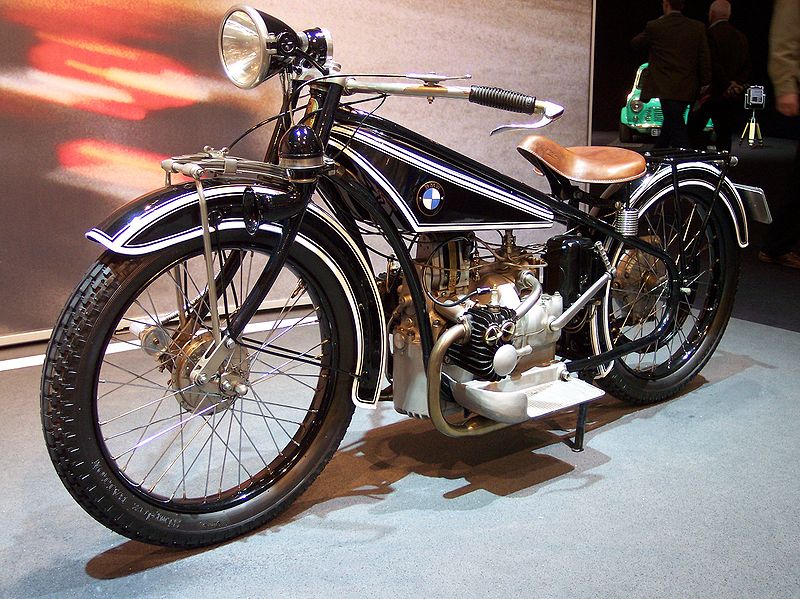
The 1923 BMW R32 was BMW’s first motorcycle and introduced the now-iconic flat-twin “boxer” engine configuration. This innovative design provided exceptional balance and smooth power delivery, setting a new standard for engine layout. It featured a shaft-drive system, which offered a cleaner and more durable alternative to traditional chain drives. Its lightweight frame and low center of gravity enhanced handling and stability, making it a practical yet stylish machine. The simple yet functional aesthetic reflected German engineering principles of efficiency and reliability. It established BMW as a leader in motorcycle design and engineering, influencing future generations of their bikes. Its legacy is evident in modern BMW motorcycles, which continue to use variations of the boxer engine.
1950 Vincent Black Shadow
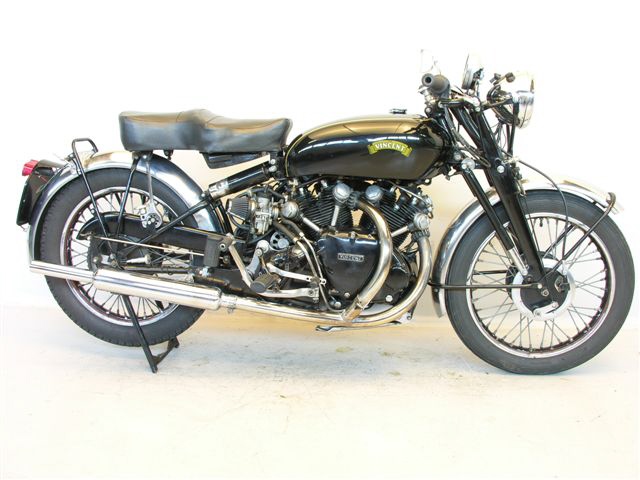
The Vincent Black Shadow, introduced in 1950, was heralded as the fastest production motorcycle of its time, capable of reaching speeds of over 125 mph. Its 998cc V-twin engine, housed in a frameless chassis, was a groundbreaking design choice that reduced weight while maintaining structural integrity. Its distinctive black engine casings and polished components created a striking appearance that matched its high-performance reputation. The innovative Girdraulic front suspension system improved handling and comfort, making it a rider’s favorite. Its advanced instrumentation included a speedometer capable of recording up to 150 mph, highlighting its performance focus. Despite its short production run, it remains a symbol of engineering excellence and bold design. Its influence persists in modern motorcycles that prioritize speed and innovation.
1937 Brough Superior SS100
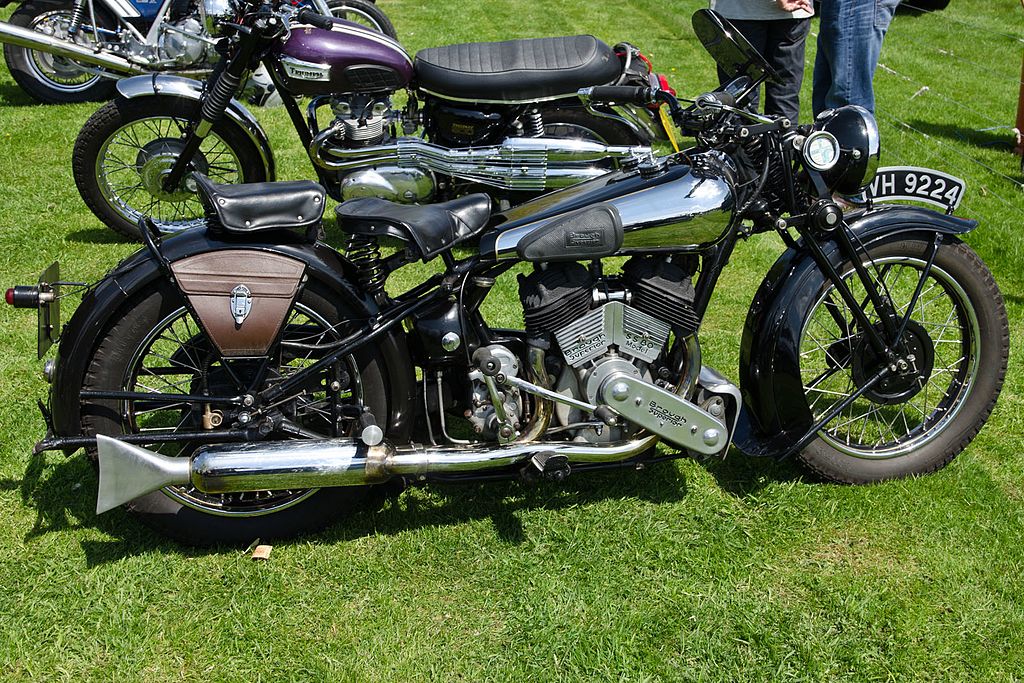
The Brough Superior SS100, introduced in 1937, was often referred to as the “Rolls-Royce of Motorcycles” due to its impeccable craftsmanship and luxurious design. Powered by a 1,000cc V-twin engine, it was one of the fastest motorcycles of its era, capable of exceeding 100 mph—a remarkable feat at the time. Its hand-built frame and components emphasized precision and exclusivity, with each bike tailored to the buyer’s specifications. Its design combined elegance and functionality, featuring a low-slung frame, sweeping handlebars, and a distinctive teardrop fuel tank. Its superior engineering was complemented by a reputation for reliability, making it a favorite among discerning riders. It also gained fame as the choice of T.E. Lawrence, known as Lawrence of Arabia, adding to its legendary status. Today, it is a highly sought-after collector’s item, symbolizing the height of pre-war motorcycle innovation.
1969 Honda CB750
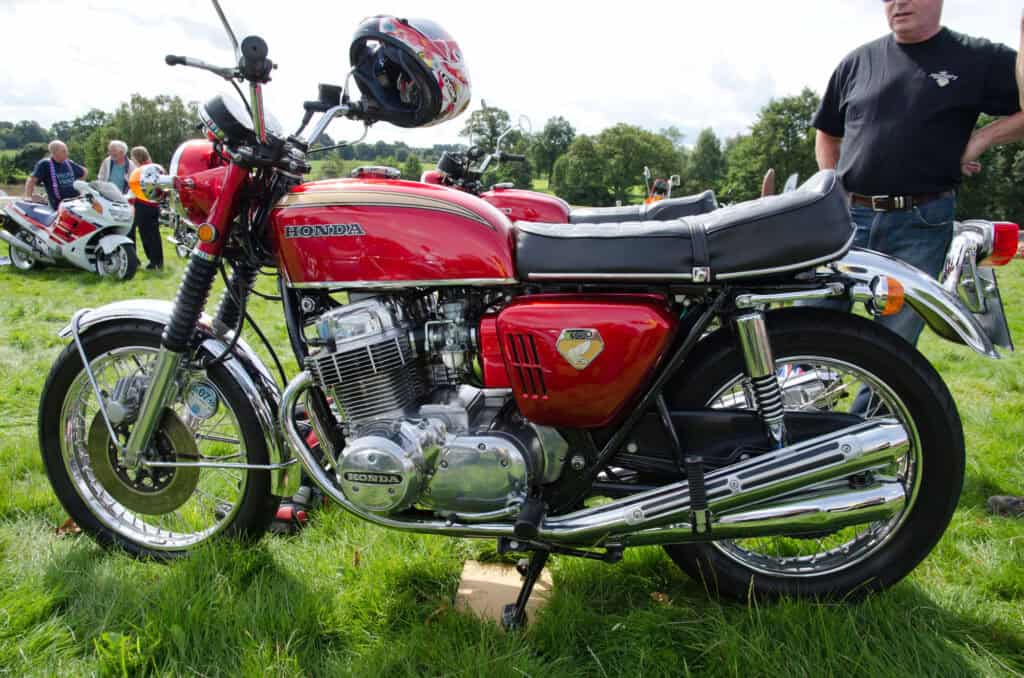
The 1969 Honda CB750 revolutionized the motorcycle industry by introducing a high-performance, four-cylinder engine to the mass market. Its 736cc inline-four engine featured an overhead camshaft and an electric starter, bringing advanced technology to everyday riders. It was also the first motorcycle to feature a front disc brake as standard, setting a new benchmark for safety. Its angular fuel tank, chrome accents, and clean design reflected a modern aesthetic that appealed to a global audience. Known as the world’s first “superbike,” it delivered exceptional speed, reliability, and affordability, making high-performance motorcycles accessible to a broader market. Its innovative design and engineering won numerous accolades and influenced countless competitors. Its legacy endures as one of the most influential motorcycles ever produced.
1927 AJS Model H6

The 1927 AJS Model H6 stood out for its innovative overhead-camshaft (OHC) engine, a rarity in production motorcycles of its time. Powered by a 348cc single-cylinder engine, it achieved impressive performance levels and demonstrated the potential of OHC technology. Its lightweight, rigid frame design contributed to agile handling, which was ideal for both road and competition use. It also showcased meticulous attention to detail, with finely crafted components and a polished finish. Its success in racing further cemented its reputation as a forward-thinking motorcycle. AJS’s commitment to combining advanced engineering with elegant design set a precedent for future motorcycles. It remains a classic example of early innovation in motorcycle engineering.
1938 Velocette KTT Mk VIII
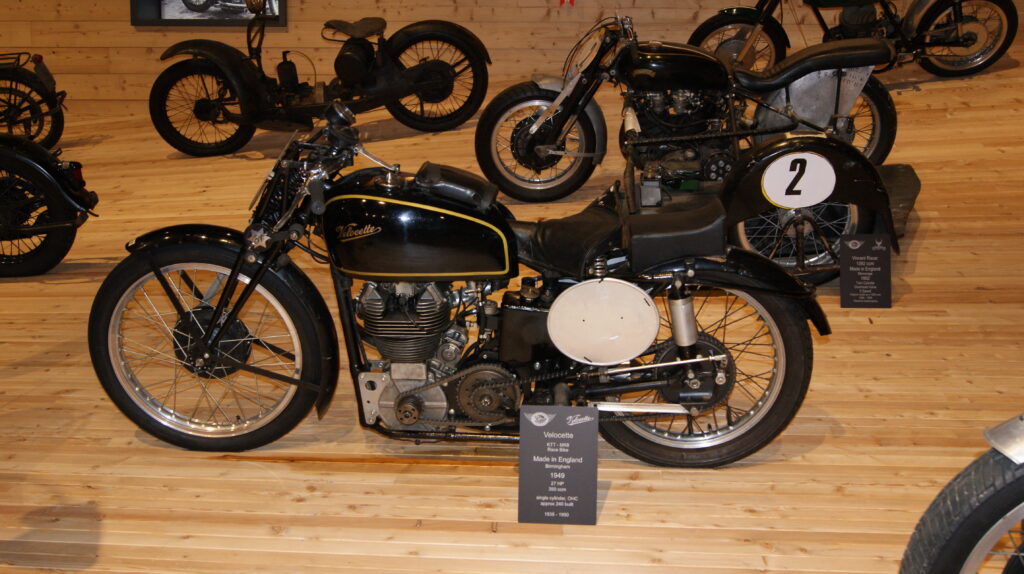
The 1938 Velocette KTT Mk VIII set new standards in race-focused motorcycle design with its advanced features and exceptional performance. Powered by a 348cc single-cylinder OHC engine, it was one of the first motorcycles to feature a positive-stop foot-operated gear change. Its lightweight frame, developed with a focus on aerodynamics, allowed for superior agility and cornering stability on the track. The use of alloy materials in the engine and other components reduced weight and improved heat dissipation. Its design innovations made the KTT Mk VIII a dominant force in racing, particularly in the Isle of Man TT races. The model demonstrated the potential of advanced engineering in achieving competitive success. Today, it remains a cherished piece of motorcycle racing history.
1951 Moto Guzzi Falcone
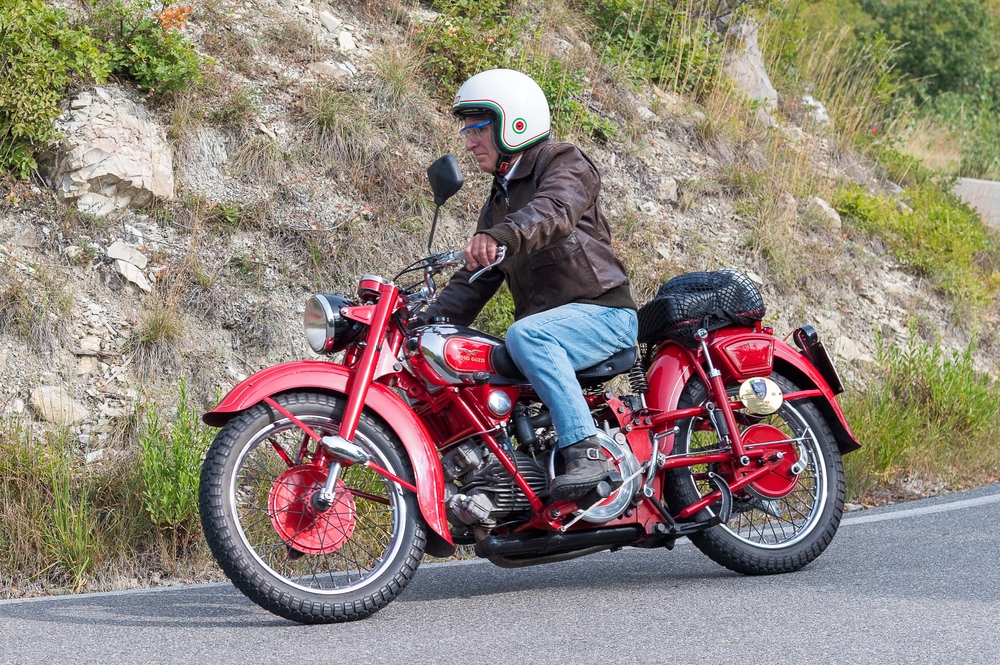
The 1951 Moto Guzzi Falcone was a landmark motorcycle in Italian design, celebrated for its simplicity and rugged reliability. Its horizontally-mounted 500cc single-cylinder engine provided excellent balance and efficient cooling, becoming a signature feature of Moto Guzzi. Its frame was designed for both durability and ease of handling, making it suitable for various riding conditions. Its iconic red finish and elegant, streamlined bodywork gave it a distinct visual appeal. The long-stroke engine configuration offered smooth power delivery, ideal for touring and everyday use. Known for its mechanical simplicity, it gained a reputation for being easy to maintain and highly dependable. This model laid the foundation for Moto Guzzi’s enduring success in producing reliable and stylish motorcycles.
1962 Ducati 250 Mach 1
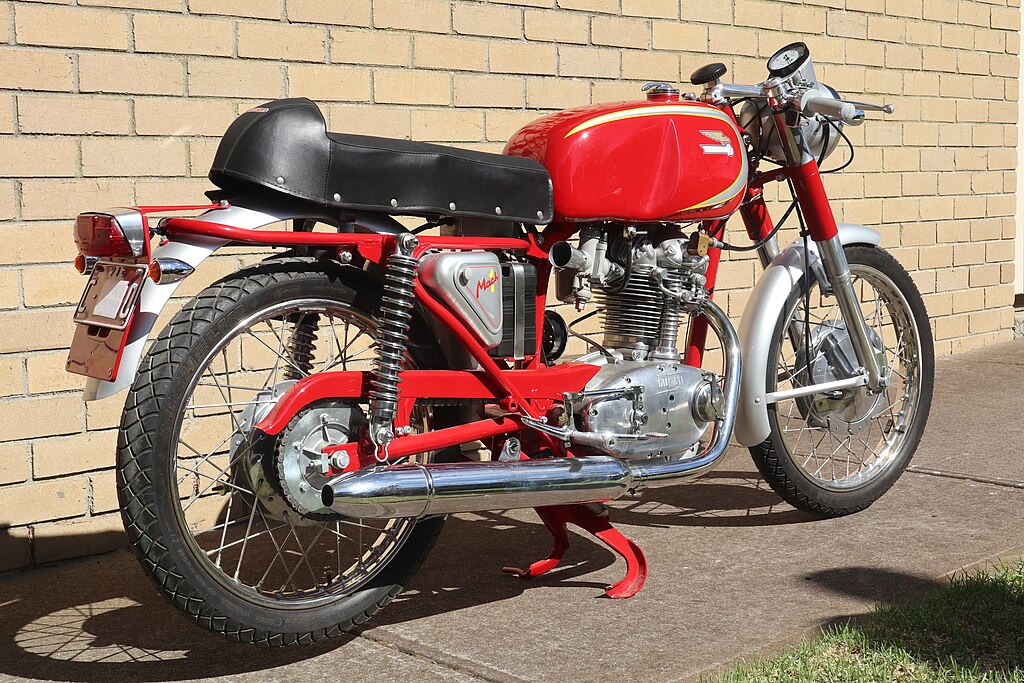
The Ducati 250 Mach 1, introduced in 1962, redefined lightweight performance motorcycles with its advanced engineering and sleek design. Powered by a 248cc single-cylinder engine, it was the fastest 250cc production motorcycle of its time, capable of reaching speeds over 100 mph. The inclusion of a desmodromic valve system—a hallmark of Ducati innovation—allowed for precise valve timing and improved performance. Its slim frame and aerodynamic bodywork made it highly agile and visually striking. It also featured advanced components such as alloy rims and a five-speed gearbox, setting new standards in its class. It became a popular choice for enthusiasts seeking a blend of speed, style, and cutting-edge technology. It solidified Ducati’s reputation for creating high-performance motorcycles that excelled both on the road and the track.
This article originally appeared on Rarest.org.
More from Rarest.org
13 Unusual Architectural Wonders Hidden Around the World

All around the world, hidden architectural wonders blend creativity, history, and ingenuity in ways that often go unnoticed by most travelers. These unusual structures can be found in remote locations, unexpected cities, or tucked away in natural landscapes. Read More.
12 Classic Cars Abandoned in Barns Now Worth Millions
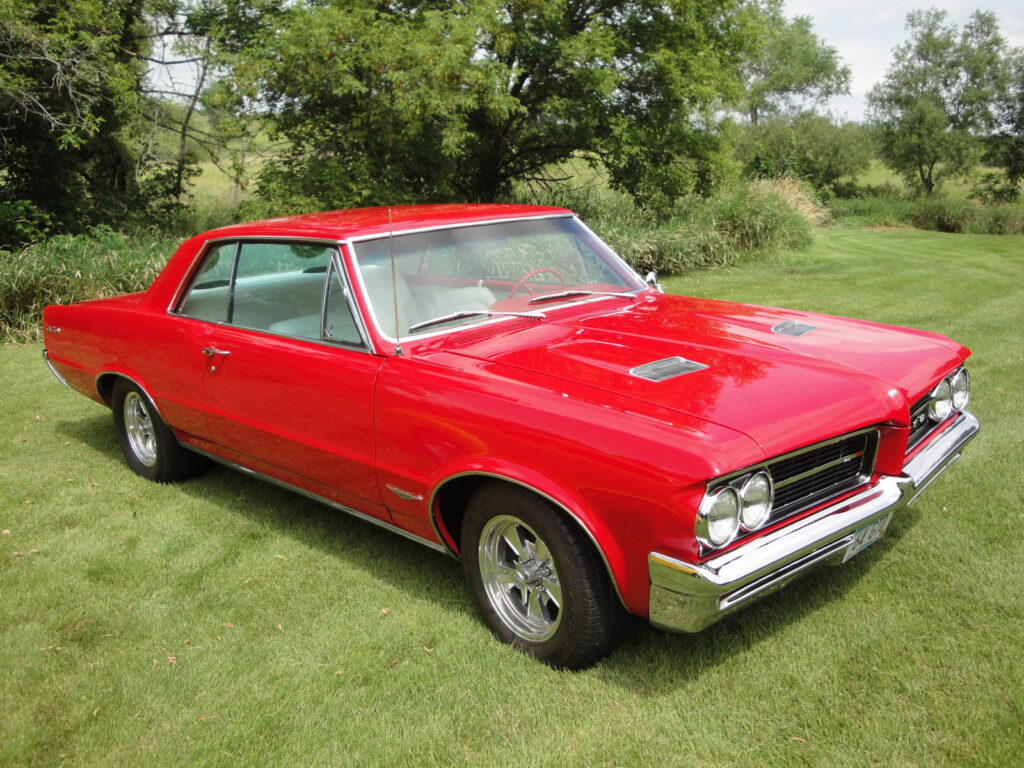
Classic cars often carry a unique charm, but some of the most iconic ones have been left abandoned in barns, forgotten for decades. Hidden away and covered in dust, these cars have gained new life, becoming treasures worth millions. Collectors and enthusiasts are now discovering these relics, restoring their former glory, and witnessing their value skyrocket. Read More.
21 Strange Geological Formations Found in Uninhabited Lands

The Earth hides some of its most extraordinary formations in uninhabited regions. These remote landscapes are home to geological wonders that seem almost otherworldly. Read More.
